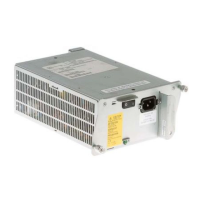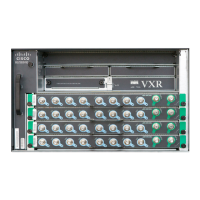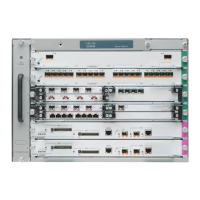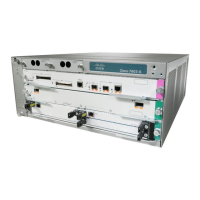Send document comments to nexus7k-docfeedback@cisco.com
3-5
Cisco Nexus 7000 Series NX-OS Interfaces Configuration Guide, Release 5.x
OL-23435-03
Chapter 3 Configuring Layer 2 Interfaces
Information About Access and Trunk Interfaces
method allows packets that are encapsulated for several different VLANs to traverse the same port and
maintain traffic separation between the VLANs. Also, the encapsulated VLAN tag allows the trunk to
move traffic end-to-end through the network on the same VLAN.
Figure 3-2 Header Without and With 802.1Q Tag
Access VLANs
Note If you assign an access VLAN that is also a primary VLAN for a private VLAN, all access ports with
that access VLAN will also receive all the broadcast traffic for the primary VLAN in the private VLAN
mode.
Note See the Cisco Nexus 7000 Series NX-OS Layer 2 Switching Configuration Guide, Release 5.x, for
complete information on private VLANs.
When you configure a port in access mode, you can specify which VLAN will carry the traffic for that
interface. If you do not configure the VLAN for a port in access mode, or an access port, the interface
carries traffic for the default VLAN (VLAN1).
You can change the access port membership in a VLAN by specifying the new VLAN. You must create
the VLAN before you can assign it as an access VLAN for an access port. If you change the access
VLAN on an access port to a VLAN that is not yet created, the system shuts that access port down.
If an access port receives a packet with an 802.1Q tag in the header other than the access VLAN value,
that port drops the packet without learning its MAC source address.
Preamble
(7 -bytes)
Start
Frame
Delimiter
(1 -byte)
Dest.
MAC
Address
(6 -
bytes)
Source
MAC
Address
(6 -
bytes)
Length
/ Type
(2 -
bytes)
MAC Client Data
(0 -n bytes)
Pad
(0 -p
bytes)
Frame
Check
Sequence
(4 - bytes)
Preamble
(7-bytes)
Start
Frame
Delimiter
(1-byte)
Dest.
MAC
Address
(6-bytes) (6-bytes)
Source
MAC
Address
Length/Type
= 802.1Q
Tag Type
(2-byte)
Tag
Control
Information
(2-bytes)
Length
/Type
(2-
bytes)
MAC Client
Data
(0-n bytes)
Pad
(0-p
bytes)
Frame
Check
Sequence
(4-bytes)
3 bits = User Priority field
1 bit = Canonical Format Identifier (CFI)
12 bits – VLAN Identifier (VLAN ID)
182779
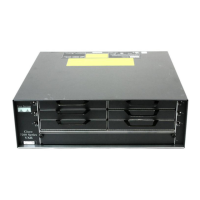
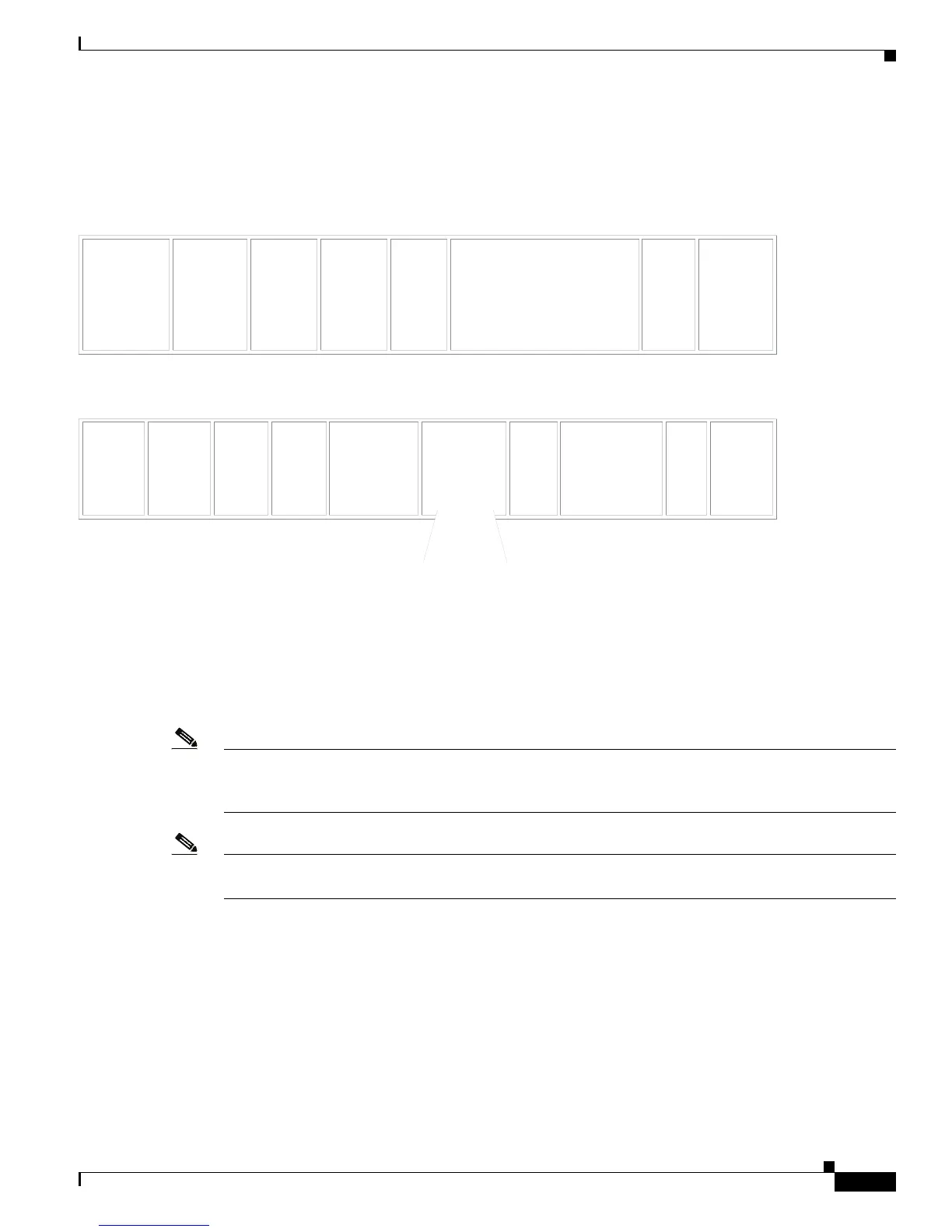